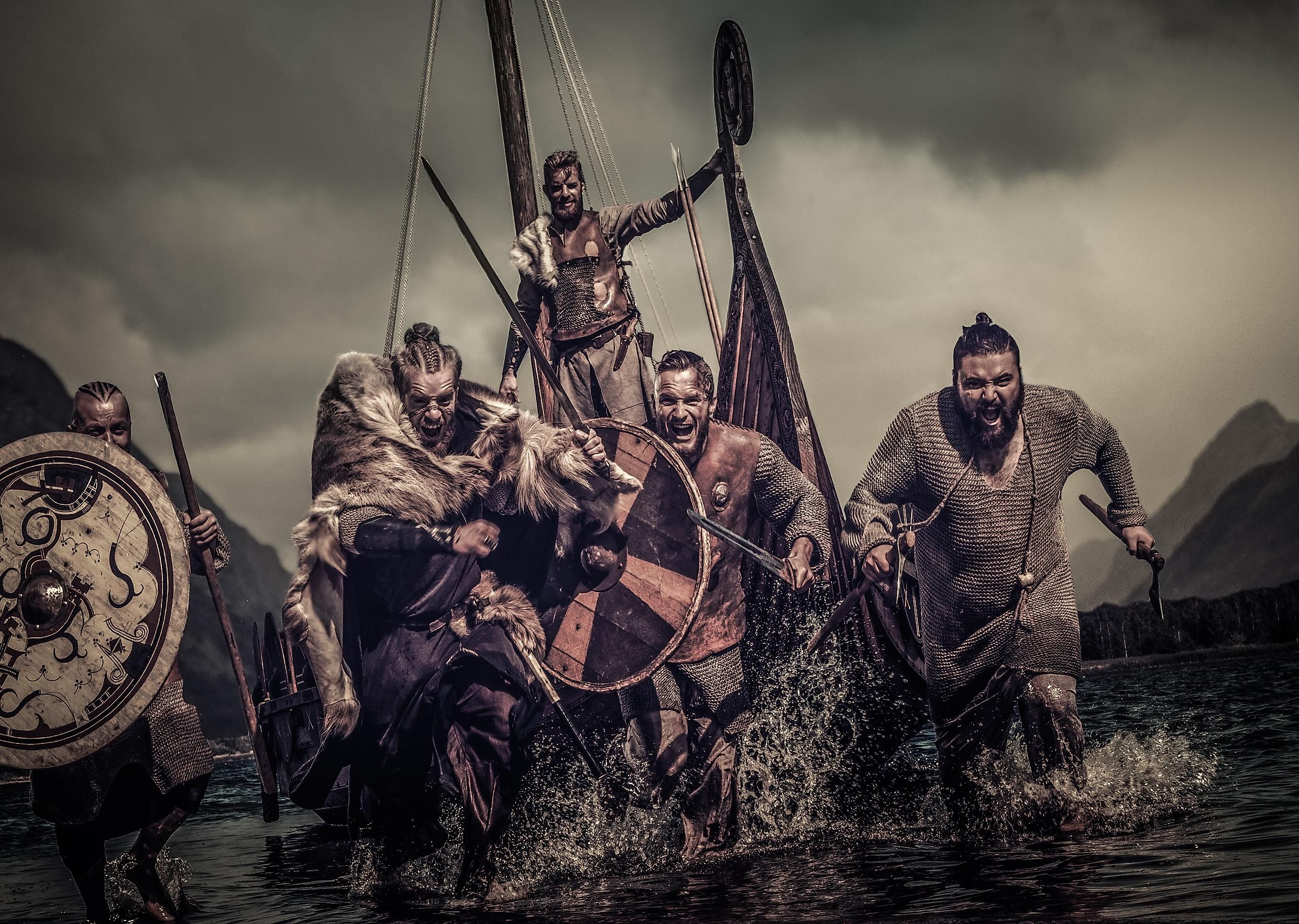
What Was the European Migration Period?
The Migration Period in Europe is a time in history that started roughly in the 4th century and ended in the 11th. This period saw the mass migration of millions of Europe's inhabitants all across the continent. The migration was one of the leading external factors that contributed to the dissolution of the Western Roman Empire.
The End Of Rome
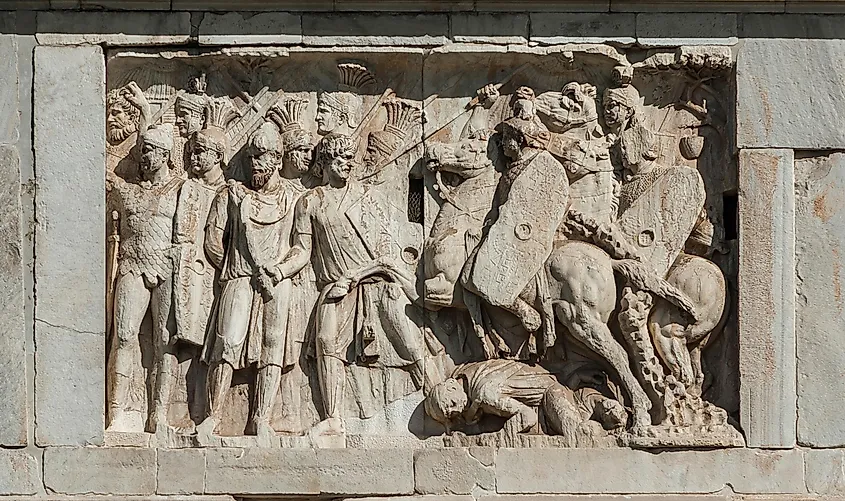
Starting in the 4th century, the European continent would be changed forever. The once mighty Roman Empire would collapse in the west, leaving a power vacuum that was quickly filled with petty barbarian kingdoms and chiefdoms. Millions of Europeans would be uprooted from their traditional lands and seek better lives elsewhere. The chaos and instability that this era brought would end Late Antiquity and reign in the Dark Ages.
For centuries the peoples that existed outside of the borders of the Roman Empire launched raids and invasions into its territory. These incursions were easily repelled at first, however, as the years dragged on the attacks became much more organized and devastating.
As Rome wained from numerous internal struggles from 350 AD - 476 AD Barbarian tribes poured into the Romans' land and settled it for themselves. The Visigoths would eventually sack Rome and rule over Spain. The Jutes, Angles, and Saxons flooded into Roman Britain. The Franks settled in what would become modern France. The Vandals would take North Africa for themselves, and lastly, the Ostrogoths laid claim to Italy.
Rome, at least in Western Europe, was dead.
The Emergence Of The Slavs
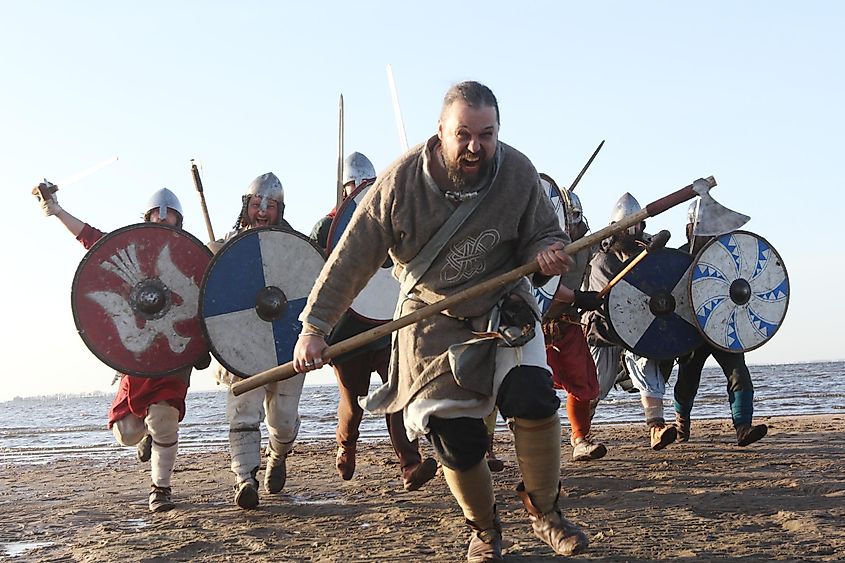
The historic enemies of Rome were not the only ones to take part in this migration. As the Barbarian tribes moved westward into Roman lands, the Slavs were quick to swoop in and settle where the Germans had once called home.
Believed to have originated in Scandinavia, the Slavs began a gradual migration into Eastern Europe and the Balkan Peninsula. The Slavs, just like today, were not one united group of people but rather a collection of tribes that loosely shared a similar culture and religion.
While the Slavs did not play a role in the fall of the Western Roman Empire, they would go on to establish kingdoms that remained a constant threat to the holdings of the Byzantine Empire in the Balkans well into the Late Middle Ages.
Nomads From The East
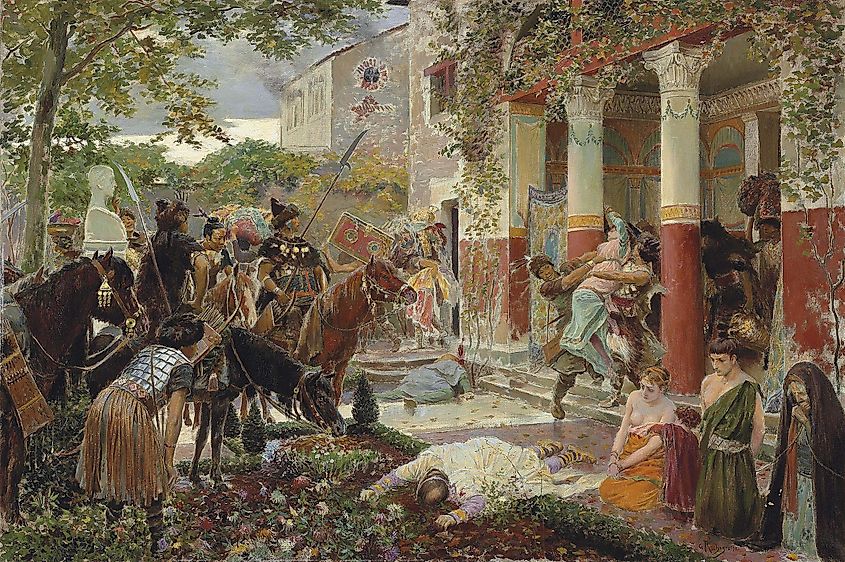
The surge of Barbarian tribes into Western Europe was not just motivated by promises of immense riches and favorable climates, but to seek refuge from invaders. The Huns emerged out of the Eurasian Steppe sometime in the early 5th century. As they pushed across Europe they conquered, pillaged, and enslaved the smaller Barbarian tribes that they encountered.
The Hunnic Empire was brutal but short-lived. Fracturing after the sudden death of its charismatic leader Attila in 469 AD. They left as quickly as they came. It is believed that the Huns that did not depart Europe for Central Asia mainly settled in what is today Hungary and Ukraine.
Centuries later, another nomadic horse people called the Magyars would migrate into the flat grassland of Pannonia. These people would set the foundation for what later become the Kingdom of Hungary.
Viking Raiders
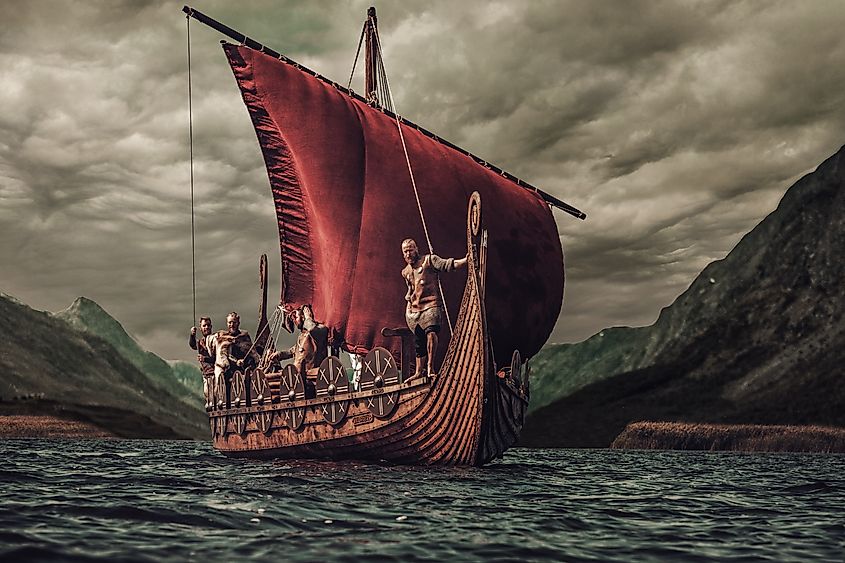
As centuries passed and the Germanic Kingdoms that formed out of the ashes of the Roman Empire became more established, they quickly found themselves on the receiving end of raids and invasions.
Setting sail in agile longboats from Scandinavia, the Vikings set their eyes on the weak and fractured kingdoms of Dark Ages Europe for a source of endless wealth and opportunity. The raids and conquest led by Viking warriors were often so brutal, that European monarchs found it easier to just bribe them with gold than to resist militarily.
However, not all Vikings were there for bloodshed. Many permanent settlements across Europe were established by these fierce people to serve as trading posts for furs, lumber, and slaves. The cities of Dublin, Kyiv, and Novgorod all owe their beginnings to the Vikings.
The Chaos Ends
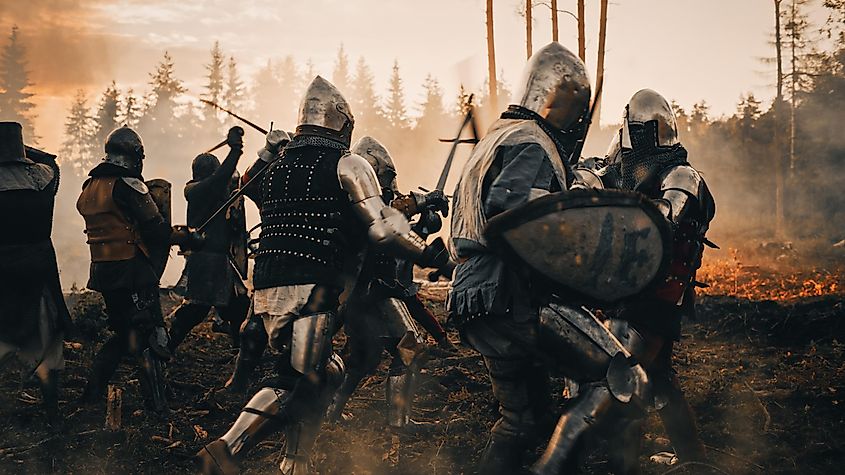
As these various people groups began to centralize power, adopt new forms of government, and convert to Christianity, a relative level of stability began to take shape in Europe. Wars, disease, and famine were by no means uncommon but their severity would pale in comparison to what had occurred in previous centuries.
By the year 1000 AD the seemingly endless invasions and migrations of people had come to an end. There was finally light at the end of the tunnel. The Dark Ages were coming to a much-welcomed close.
As lawless and destructive as the Migration Period was, it was one of the most important eras in European history. In the middle of all the chaos and anarchy, the seeds of modern Europe were planted. Even today, the ethnic and cultural lines that were established in this period are still very much apparent. History is not a series of isolated events, but rather a long and interconnected story that goes back hundreds, if not thousands of years.











